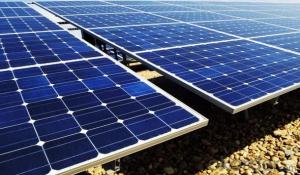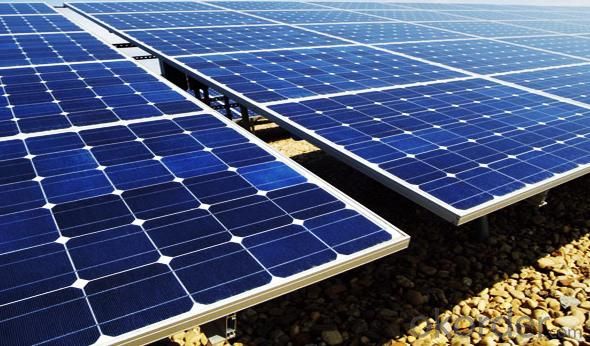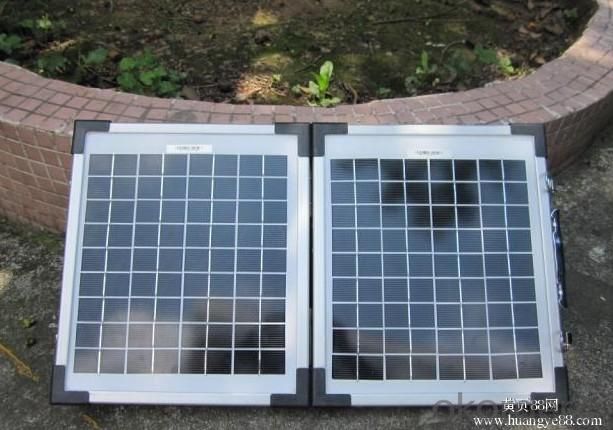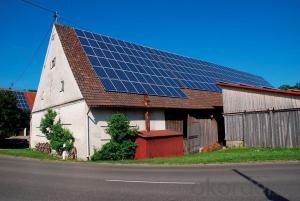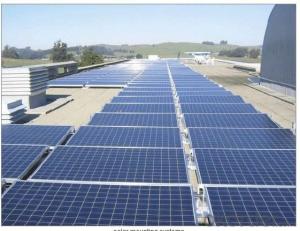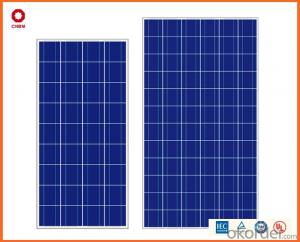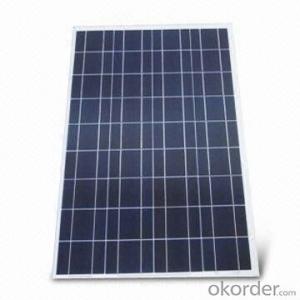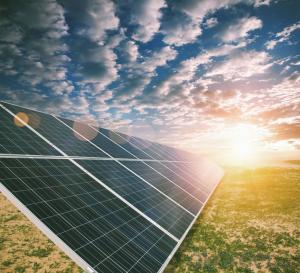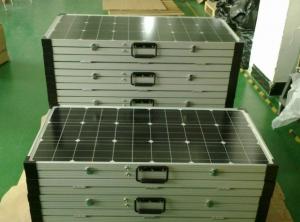290w/295w Solar Panels for Heating - Polycrystalline Silicon Certified
- Loading Port:
- Shanghai
- Payment Terms:
- TT OR LC
- Min Order Qty:
- 1000 watt
- Supply Capability:
- 100000000 watt/month
OKorder Service Pledge
OKorder Financial Service
You Might Also Like
Specification
290W/295W Solar Panel Polycrystalline Silicon Certificated
- TUV IEC, MCS (UK), CE, CEC (Australia), INMETRO, IDCOL, SONCAP CERTIFIED
- [EU ANTIDUMPING DUTY-FREE]
- PROFESSIONAL SOLAR PANEL MANUFACTURER SINCE 2004
FEATURES
`Long Service Life
`High Efficency Solar Cells
`Special Aluminum Frame Design
`High Transmission,Low Iron Tempered Glass - TUV IEC, MCS (UK), CE, CEC (Australia), INMETRO, IDCOL, SONCAP CERTIFIED
- [EU ANTIDUMPING DUTY-FREE]
- PROFESSIONAL SOLAR PANEL MANUFACTURER SINCE 2004
FEATURES
`Long Service Life
`High Efficency Solar Cells
`Special Aluminum Frame Design
`High Transmission,Low Iron Tempered Glass
`Advanced Cell Encapsulation
APPLICATIONS
`Solar power stations
`Rural electrification, Small home power systems
`Power supply for traffic, security, gas industry
`12V and 24V battery charging system
`Other industrial and commercial applications
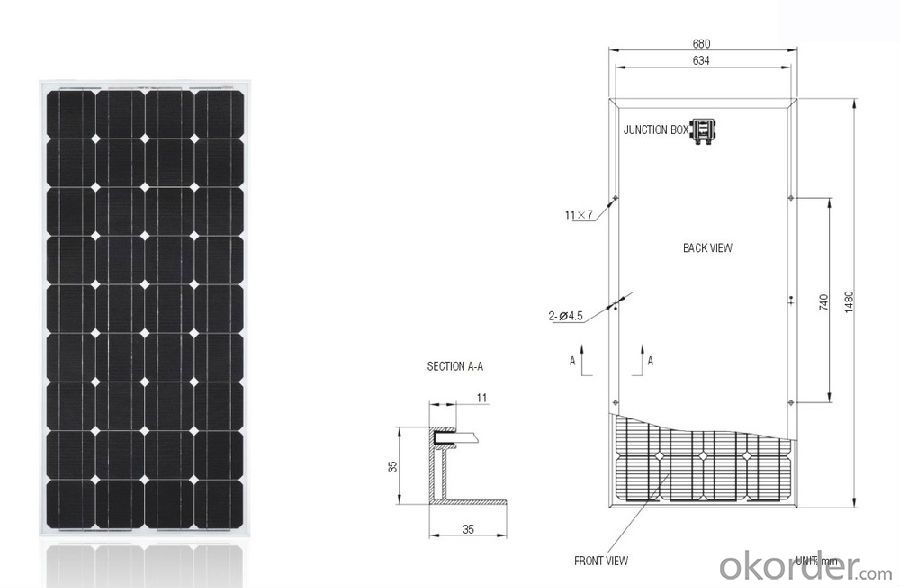
| ELECTRICAL CHARACTERISTICS | |||||||
| Model Number | KM(P)275 | KM(P)280 | KM(P)285 | KM(P)290 | KM(P)295 | KM(P)300 | |
| Maximum Power as per STC | Pmax(W) | 275 | 280 | 285 | 290 | 295 | 300 |
| Power Tolerance | % | ±3% | |||||
| Maximum Power Voltage | Vm(V) | 36.43 | 36.56 | 36.72 | 36.79 | 36.93 | 37.15 |
| Maximum Power Current | Im(A) | 7.55 | 7.66 | 7.77 | 7.89 | 7.99 | 8.08 |
| Open Circuit Voltage | Voc(V) | 43.7 | 42.92 | 44.06 | 44.21 | 44.35 | 44.5 |
| Short Circuit Current | Isc(A) | 8.1 | 8.17 | 8.23 | 8.33 | 8.41 | 8.72 |
| Maximum System Voltage | VDC | 1000 | |||||
| Cell Efficiency | % | 15.7 | 16.0 | 16.3 | 16.6 | 16.8 | 17.1 |
| Module Efficiency | % | 14.2 | 14.5 | 14.7 | 15.0 | 15.2 | 15.5 |
| Cells per Module | Pcs | 72 | |||||
| Cell Type | Polycrystalline silicon | ||||||
| Cell Size | mm | 156 x 156 | |||||
| Bypass Diodes | Pcs | 12Amp, 6 pcs | |||||
| Max. Series Fuse Rating | A | 15A | |||||
| Temperature coefficient of Isc | %/°C | 0.05 | |||||
| Temperature coefficient of Voc | %/°C | -0.35 | |||||
| Temperature coefficient of power | %/°C | -0.47 | |||||
| NOCT- Nominal operating cell temperature | °C | 47 ± 2 | |||||
| Operating Temperature | °C | -40 ~ +85 | |||||
| MECHANICAL CHARACTERISTICS | |||||||
| Dimensions | mm | 1954 x 990 x 50 | |||||
| Weight | Kg | 23.5 | |||||
| Type of Junction Box | TUV certified, IP65 | ||||||
| Cable Type, Diameter | TUV certified, 4mm2, 90 cm in length | ||||||
| Connector | compatible to Type 4 (MC4) | ||||||
| Tempered Glass | 3.2 mm, high transmission, low iron | ||||||
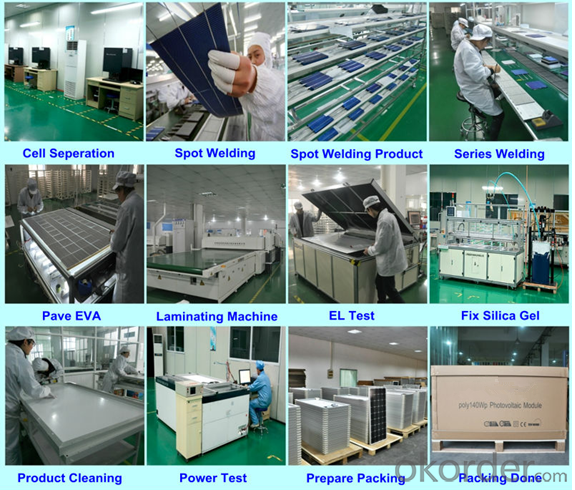 Packing
Packing
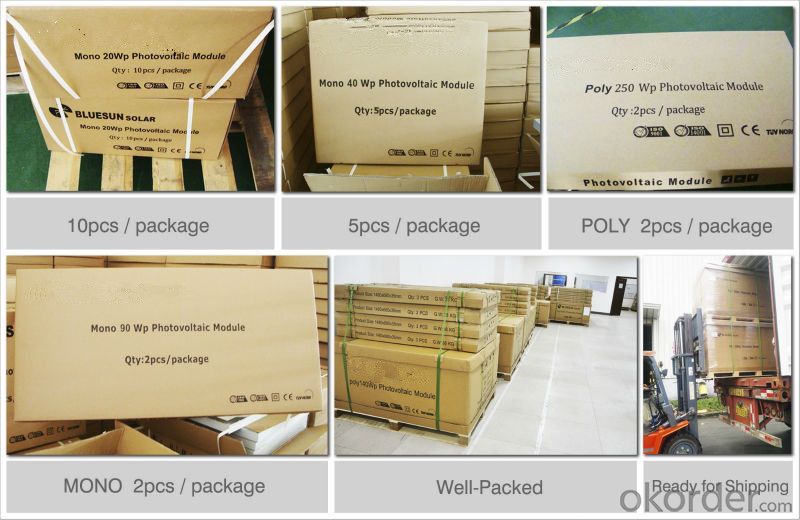
FAQ
1. What kind of Solar Cells does it have
---poly crystalline 156*156mm and 125*125mm or mono 125*125mm and 156*156mm
2. Is the front panel Glass or Plastic
---Tempered glass 3.2mm thickness or adjust to what you need, Light transmittance up to 95%.
3. Does it meet Europe Standards for Solar Energy
---This is TUV approval products, all the producing procedure apply TUV&UL.
4. What is the Efficiency level
--- Between 16-18.9% for solar cells.
5. What is the Nominal Voltage
--- 18v 20v 24v 36v 30v 48v , and so on, we can adjust to what you need.
6. What is the Warranty Period, How many years?
Power efficiency warranty:
---90% in 10 years; 80% in 25 years.
- Q: I'm curious to know if the small solar panels on a calculator (ie TI-32) could produce a voltage similar to what is used in a single-use (disposable) camera, approximately 4V.
- Wrong forum
- Q: Can solar panels be used in areas with extreme temperatures?
- Yes, solar panels can be used in areas with extreme temperatures. While extreme heat can reduce the efficiency of solar panels, modern solar technologies are designed to withstand high temperatures. Similarly, solar panels can also operate in extremely cold temperatures, although their performance may be slightly affected. Overall, solar panels can still generate electricity effectively in areas with extreme temperatures.
- Q: Do solar panels require cleaning?
- Yes, solar panels do require cleaning. Over time, dust, dirt, bird droppings, and other debris can accumulate on the surface of solar panels, which can reduce their efficiency. Regular cleaning helps to maintain optimal performance and maximize energy production.
- Q: I'm a student trying to design a mounting structure for solar panels. I'm reading about passive trackers so as to track the sun for optimal energy production; but I am not fully quot;seeinghow it works. Can someone please help explain it to me, or at least send me a link(s) that could help explain it well?THANKS IN ADVANCED!! [and HAPPY HALLOWEEN!!]
- It appears to be relying upon a phase change of liquid to gas to liquid to balance the system and return it to the east in the morning.
- Q: The ancients used skylights for light in lieu of electricity. Light was used for drying, even cooking foods and drying clothes. Solar clocks/sun dials were once popular but now we have battery operated clocks. Where have we tapped into any of these resources since the outdated solar clothes drier nicknamed the 'clothes line'?
- Have you seen the industrial solar power tower they built in Spain? It has a very large collection of mirrors which direct sunlight toward a single point at the top of a large tower. There a boiler turbine generates a lot of electricity! It is a genius concept that could easily be installed in North American deserts.
- Q: im interested in starting a solar panel manufacturing company. ive researched on how to make them and it doesnt look too hard, and is definitely something i can figure out. i would be starting from nothing so my question is what are the chances of me actually selling a lot of panels and the business actually succeding?thanks
- At this very moment, most of the people already have an idea on how to create their own solar panels, And creating your own company takes a lot of necessities such as permits ans other stuffs like that,.
- Q: I have heard you can make your own solar panels.... But How?Where do you start? Is it cheap, or should I just BUY them already made?
- A few months ago my wife and I were going through the same thing. We ended up purchasing a small PV set as a trial basis but then we realized that it would take waaaay too long to pay back our investment. We started doing some research and ended up buying a few different books/videos on how to make our own solar panels on the cheap. Most of the books are OK (some are pretty terrible, though). We ended up using most of our information from Home Made Energy, check them out: bit.ly/greennrg
- Q: first of all, to be honest i have totally no idea on how a solar panel works.my task is to design something like a solar powered street lamp which store sun energy during day time and convert it into electrical energy then light energy so that the lamp can work during night time.any ideas on how to design the solar panel? which can store enough or more enegry in case there is no sunlight another day. and low cost as well :D
- You okorder /
- Q: What is the average size of a solar panel?
- The average size of a solar panel is typically between 3 to 4 feet wide and 5 to 6 feet tall, with an area of around 15 to 20 square feet.
- Q: Can solar panels be used to power a waste management facility?
- Yes, solar panels can be used to power a waste management facility. Solar energy can be harnessed to generate electricity which can be utilized to power the operations of a waste management facility, reducing reliance on traditional energy sources and promoting sustainability.
Send your message to us
290w/295w Solar Panels for Heating - Polycrystalline Silicon Certified
- Loading Port:
- Shanghai
- Payment Terms:
- TT OR LC
- Min Order Qty:
- 1000 watt
- Supply Capability:
- 100000000 watt/month
OKorder Service Pledge
OKorder Financial Service
Similar products
Hot products
Hot Searches
Related keywords
